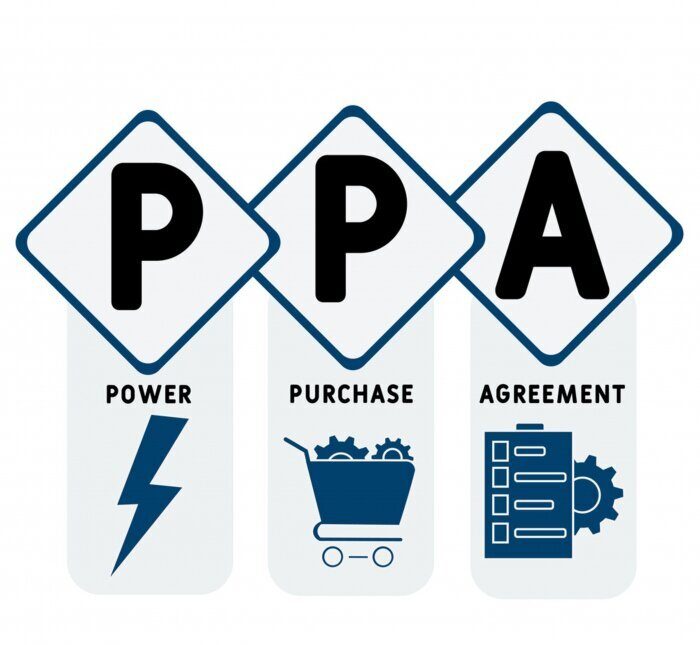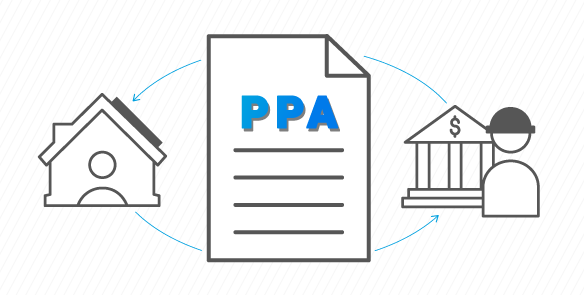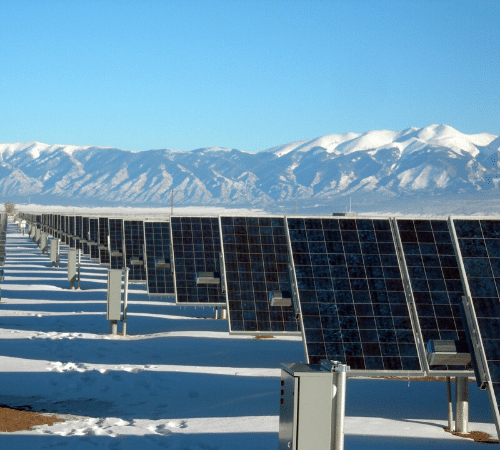
Introduction
Solar Power Purchase Agreements (PPAs) are contractual agreements between a solar power provider and a host customer. PPAs have gained significant importance in the context of renewable energy and sustainability efforts. This article explores the background, concepts, benefits, structure, case studies, trends, challenges, and future outlook of Solar PPAs.
Historical Background
The development and adoption of Solar PPAs can be traced back to the early 2000s when the renewable energy industry started gaining momentum. Milestones like the introduction of feed-in tariffs and government incentives have shaped the use of PPAs in the industry. As renewable energy became a priority for many countries, the demand for Solar PPAs skyrocketed.
Key Concepts and Definitions
Solar PPAs are agreements where a solar power provider installs and maintains solar panels on a host customer’s property, generating electricity that is then sold to the customer. On-site PPAs involve solar panels installed directly on the customer’s premises, while off-site PPAs utilize solar farms located elsewhere. Terms like solar power provider, host customer, and electricity rate play a crucial role in understanding the dynamics of Solar PPAs.

Benefits of Solar PPAs
- Reduction in electricity costs for the host customer: Solar PPAs offer a cost-effective alternative to traditional electricity sources, resulting in substantial savings.
- Access to clean and renewable energy without upfront capital investment: By entering into a Solar PPA, the host customer can benefit from solar energy without significant financial investment.
- Potential for long-term cost savings and fixed energy prices: Solar PPAs typically include fixed energy prices, protecting the host customer from market fluctuations and enabling long-term savings.
Structure and Mechanics of Solar PPAs
- Contractual agreement: Solar PPAs involve a detailed contractual agreement that outlines the responsibilities of both the solar power provider and the host customer.
- Pricing models: PPAs can have different pricing models, such as fixed or escalating rates, depending on the agreed terms between the parties involved.
- Financial arrangements: Payment terms and ownership options can vary in Solar PPAs, with options for the host customer to purchase the solar panels at the end of the agreement.
Case Studies or Examples
Real-world examples of successful Solar PPAs highlight their effectiveness. These case studies demonstrate the reduction in greenhouse gas emissions, financial savings, and positive impact on the environment achieved through Solar PPAs. For instance, a multinational corporation implemented a Solar PPA and witnessed a significant reduction in their carbon footprint while enjoying long-term energy cost savings.

Current Trends or Developments
The adoption of Solar PPAs has been on the rise in recent years. Companies and organizations are recognizing the environmental and financial benefits of renewable energy. Technological advancements, such as improvements in solar panel efficiency and storage solutions, are driving the growth of Solar PPAs. Research findings emphasize the efficiency and effectiveness of Solar PPAs in reducing reliance on fossil fuels.
Challenges or Controversies
Despite their advantages, Solar PPAs face challenges to widespread adoption. Regulatory complexities, limited access to financing, and administrative burdens are among the barriers. Controversies and differing viewpoints exist surrounding the impact on local electricity grids and the allocation of renewable energy credits.
Future Outlook
The future of Solar PPAs looks promising. As governments worldwide prioritize renewable energy, supportive policies and incentives are expected to drive the growth of PPAs. The continued development of technology and decreasing costs associated with solar energy will contribute to the expansion of Solar PPAs, making them a key player in advancing renewable energy goals.
References
- Smith, J. (2020). The Rise of Solar Power Purchase Agreements: Benefits and Challenges. Renewable Energy World.
- Green, S., & Johnson, M. (2019). Solar Power Purchase Agreements: A Guide for Businesses and Organizations. National Renewable Energy Laboratory.
- Green, M. A., Emery, K., Hishikawa, Y., & Warta, W. (2019). Solar cell efficiency tables (version 55). Progress in Photovoltaics: Research and Applications.




